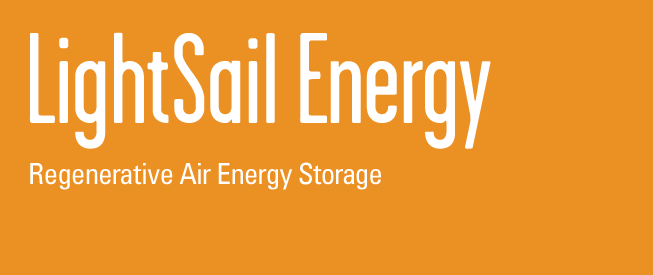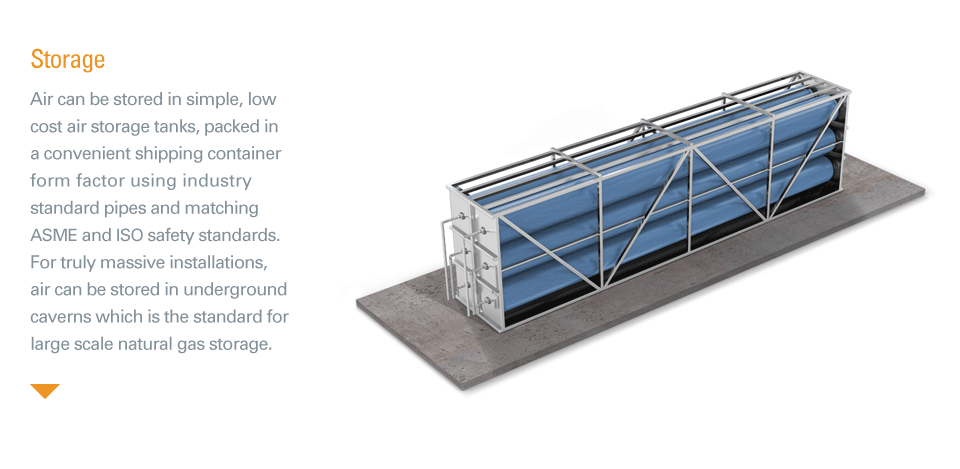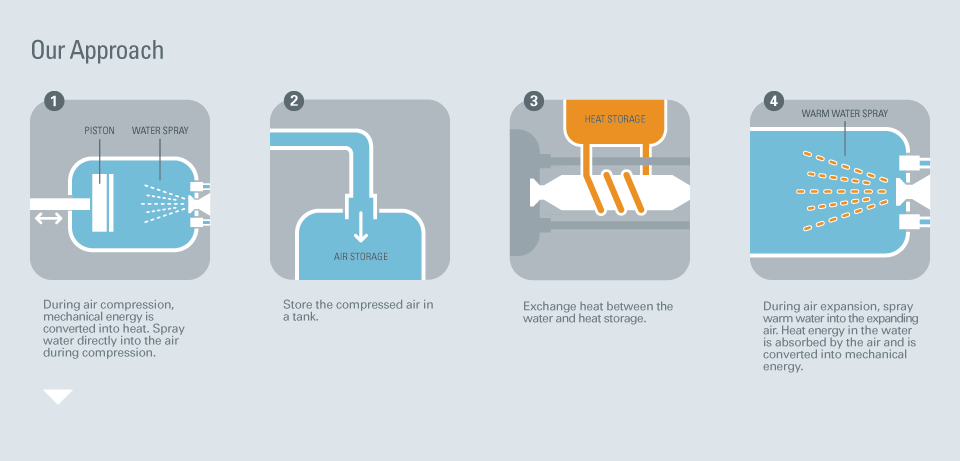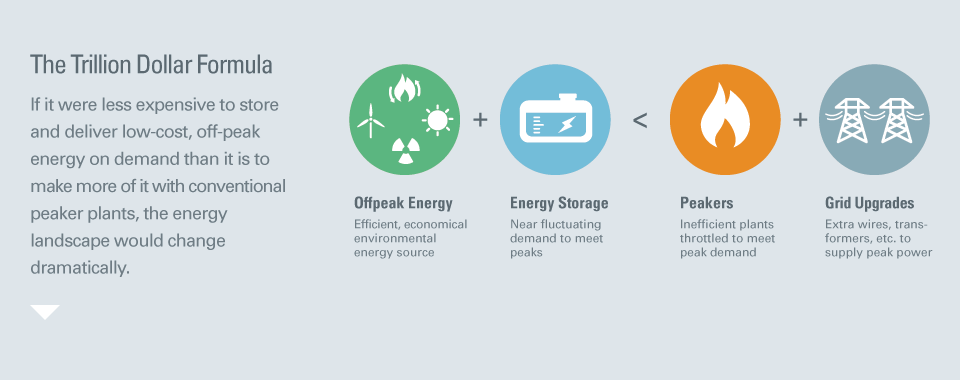LightSail Energy. Regenerative Air Energy Storage.
LightSail Energy, headquartered in Berkeley, CA, is developing an innovative Compressed Air Energy Storage (CAES) system for grid-scale energy storage that is clean, economical, scalable, and most importantly, efficient.
Co-Founder and Chief Science Officer Danielle Fong, 24, is a two-time dropout (first at age 12, she left middle school to go to college, then at age 20, she dropped out of her Princeton PhD program which she had started at 17, to move to California and create a company), that had the idea to develop a compressed air storage technology, originally for the electric vehicle market.
LightSail Energy has since pivoted its market strategy to focus on grid-scale energy storage, realizing the potential of its elegant air technology for large-scale systems.
Compressed air energy storage (CAES) is not a new technology - and in fact, it is a relatively simple and cheap technology. What could be cheaper than storing... air? Especially when the storage tanks are low cost, standardized shipping containers that can be easily scaled:
However, despite cost advantages, CAES systems suffer from thermodynamic inefficiency. In other words, the majority of the energy pumped into a CAES system for storage, is lost in the form of heat when the energy is released for usage. Conventional CAES systems therefore render an efficiency of about 10-20% (for comparison, hydro pumps have an efficiency of about 70-75%).
LightSail's unique design captures and stores both mechanical and thermal energy - by using water mist that is sprayed into the compression chamber as the air is compressed. Water can hold 3,300 times as much heat as the same volume of air.
LightSail's system is consistently achieving over 90% thermodynamic efficiency. The company plans to ship its first product, the LightSail RAES-V1 in late 2013.
With regard to the peak demand conundrum, LightSail's objective is to provide a competitive alternative solution to "peaker plants" and expensive grid upgrades: a solid grid-scale storage solution that would efficiently capture and store renewable (albeit intermittent) sources of energy like wind and solar, to be dispatched at peak demand.




